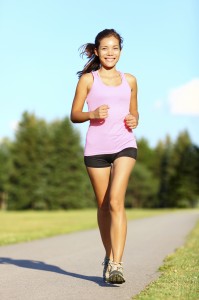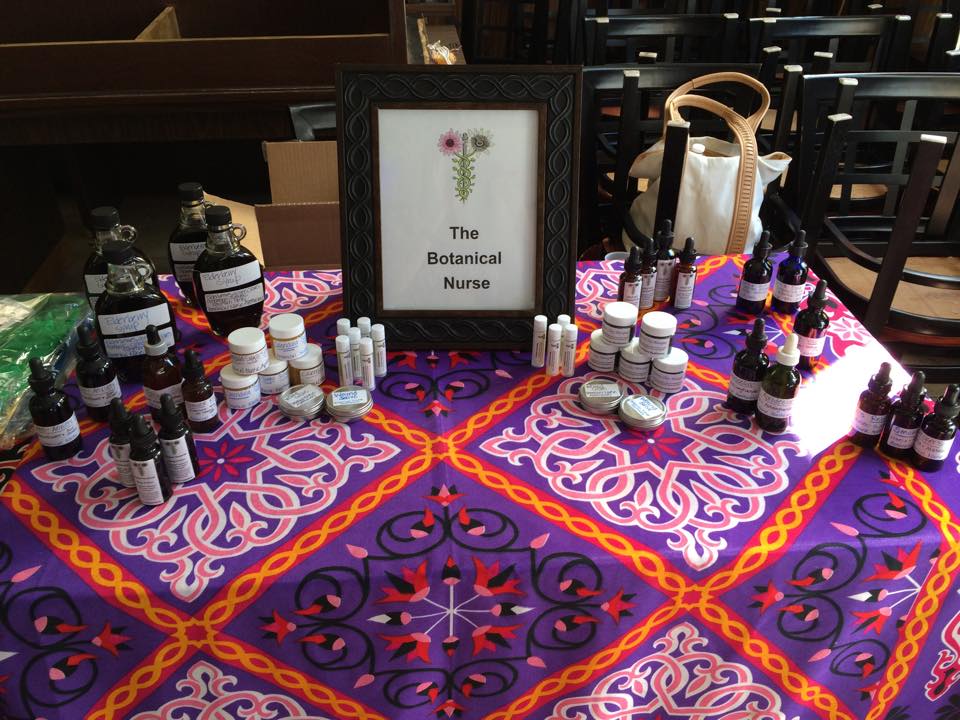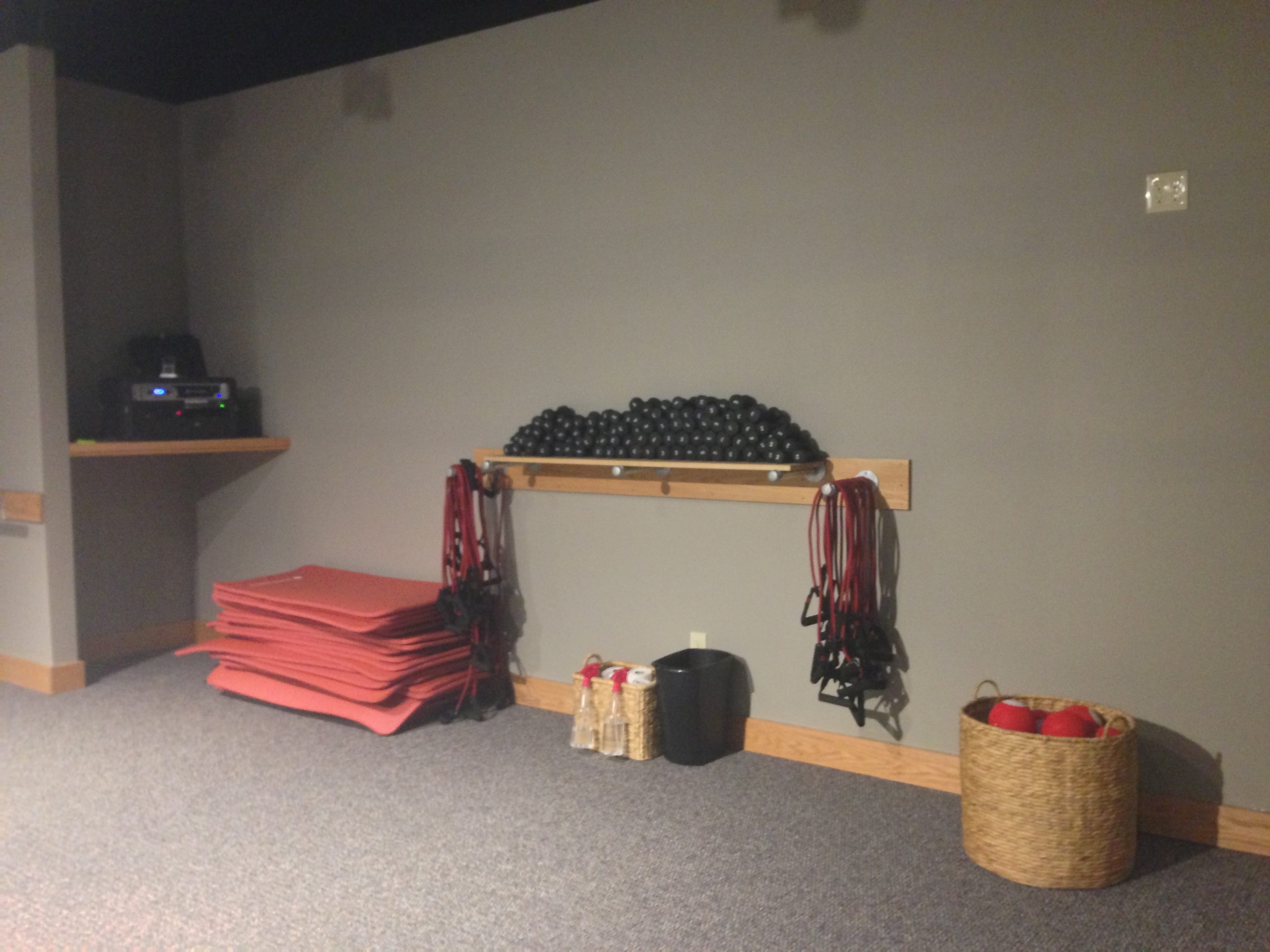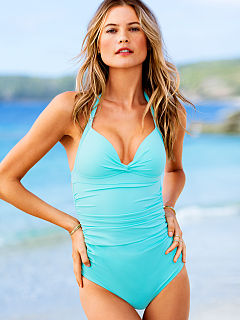Exercise and Varicose Veins: The Dos and Don’ts
(This post was originally posted at http://www.veinspecialists.com/blog/exercise-and-varicose-veins/ and is paid advertising)
Do you have varicose or spider veins? If you do, you most likely have questions about exercise and varicose veins. Is it safe to exercise if I have varicose or spider veins? If so, what exercises are best for slowing the progression of venous reflux – the underlying cause of my vein disease? Or, I am an athlete, how could I possibly have vein disease?
Today, we will answer these questions and provide helpful tips about exercising and varicose veins that promote ‘healthy veins for life.’ Plus, we will discuss other solutions if you have a difficult time exercising for various reasons.
Athletes, Exercise And Varicose Veins
Last month, a young woman came to our office with tired, achy legs. Being in great shape, a life-long soccer player including the collegiate level, and a runner, she was surprised to learn she had symptomatic vein disease. The truth is, even athletes and healthy people can have varicose and spider veins. In fact, some exercises can increase your risks of having varicose veins or other vein diseases.
The Dos & Don’ts Of Exercise And Varicose Veins
Diseased veins are most commonly associated with prolonged sitting or standing careers, hereditary factors, and pregnancy. However, even if you are at high risk for vein disease, there are principles you can follow to help maintain ‘healthy veins for life.’
Exercise is the #1 healthy vein principle, but certain exercises are better for your veins than others. As you exercise, blood is pumped back to the heart from the calf muscle and veins in the arch of the foot – a strong calf muscle promotes healthy blood circulation and minimizes vein disease.
So, what exercises are good for vein health and which are counterproductive?
Walking
The best exercise is walking. Walking is a low-impact activity that stretches and strengthens your calf pump, thereby improving your blood flow.
Set a goal to walk 30 minutes a day, at least five days a week. Park farther away when shopping so you can walk a little longer. Your veins will thank you for it!
Stationary Bike & Elliptical
Other low-impact exercises like riding a stationary bike or using the elliptical are great for exercising the calf muscle and improving calf pump blood flow without placing stress on your joints and bones.
Running
Running or jogging is a fantastic aerobic exercise that gets the calf muscles and feet moving, but it may adverse effects on the joints. If you’re a die-hard runner, try running on a synthetic track or grassy surface to minimize the high-impact of cement or pavement.
Weightlifting
Strenuous exercise can put a strain on the venous circulation. As blood flows up the leg veins back to the heart, it flows through the vena cava in the abdomen. Increasing the abdominal pressure by heavy lifting and straining impedes blood from traveling back to the heart. The venous blood then pools in the leg veins increasing the venous pressure and venous reflux or reversal of flow in the leg veins into varicose veins in the legs.
Weightlifting is not a great form of exercise for healthy veins for life. If you do lift weights, use good lifting techniques: lower weight and high rep routines, exhale when you lift, and incorporate aerobic activity such as walking or riding a stationary bike immediately afterward in order to get the blood circulating again. Remember to wear compression socks while weightlifting and directly after to assist with moving the blood upward towards the heart.
Other Strenuous Activities With Minimal Aerobics
Other activities can worsen venous reflux. We encourage avoiding these activities or performing them in very short segments combined with aerobic activity.
- Prolonged abdominal posturing (yoga)
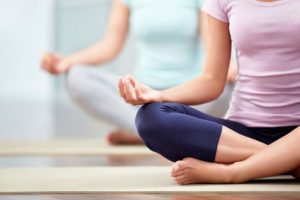
- Sit ups
- Crunches
- Lunges
When Exercise Isn’t An Option
We understand that there are circumstances that make frequent exercise impossible. So, whether it’s the Georgia heat, schedule conflicts, or an illness, there are other measures which promote healthy veins for life.
- While sitting or standing, rock your feet back and forth on the ground from heel to toe activating the calf pump.
- Wear graduated compression hose especially while traveling, sitting or standing for an extended period, and during pregnancy (in fact, just make them a part of your daily wardrobe!)
- Avoid high heels except for special occasions (the position of the foot in high heeled shoes weakens the calf muscle and prevents proper circulation.)
As you can see, exercise is important in preventing venous disease and maintaining healthy legs and veins for life. Just be sure that you’re doing the right exercises! Schedule a healthy legs consultation or call us at 478-216-4646 if you would like to discuss exercise and varicose veins.

